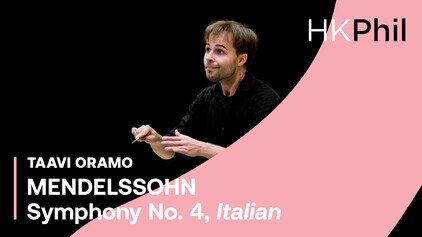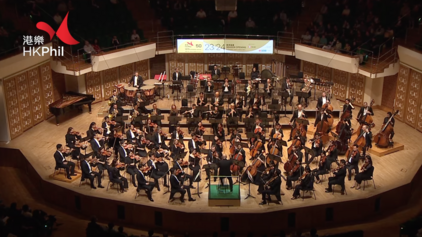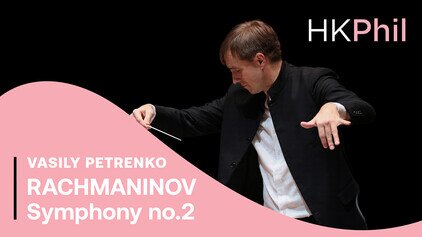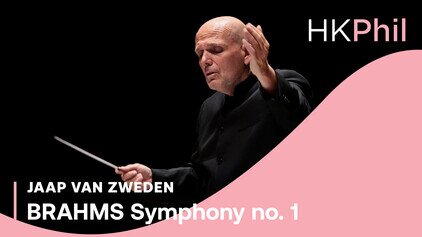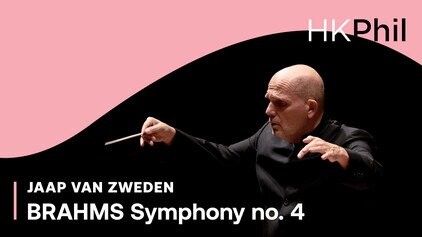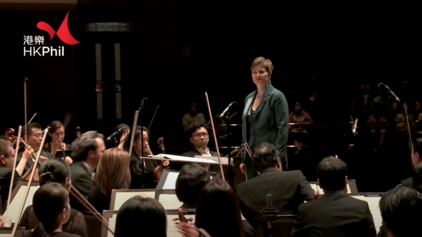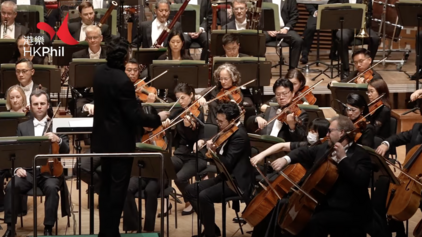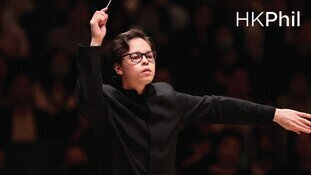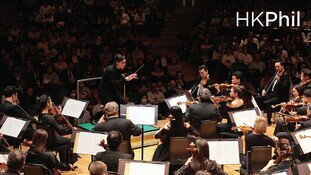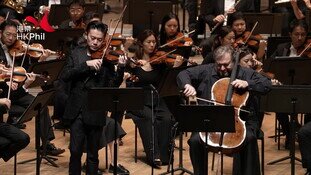TCHAIKOVSKY | Symphony no. 6
PROGRAMME
PYOTR ILYICH TCHAIKOVSKY (1840-1893)
Symphony no. 6 in B minor, op. 74, Pathétique
- Adagio – Allegro non troppo
- Allegro con grazia
- Allegro molto vivace
- Finale: Adagio lamentoso
THE COMPOSER
The career path along which Tchaikovsky originally set out was that of a government servant. He worked in the Ministry of Justice before deciding to abandon that and turn to music. He was never particularly proficient as a performer on any instrument, his sole focus as a musician being composition. On graduating in 1865 he was appointed to the staff of the newly-created Moscow Conservatory where he taught harmony and, the following year, completed his first symphony. He went on to write five more symphonies with which he broke away from the conventional idea of a symphony being an essentially abstract musical idiom. As he wrote to a colleague, “I should not wish for a symphony to come from my pen which expresses nothing and consists only of empty chords. Should not a symphony express those things for which there are no words but which still need to be expressed?”
THE BACKGROUND
Tchaikovsky originally called his sixth and final symphony “Programme Symphony” since the music follows a definite programme with each of the movements telling part of a story. Exactly what that story was Tchaikovsky never explained. It was the audience’s mystified reception of the work that prompted Tchaikovsky to look for a title which would give a clearer indication of the work’s “programme” and in particular go some way to explaining the subdued final movement which so puzzled the first audience. He agonised long and hard over the matter of a title, outlining his predicament to his brother, Modest: “Why call it ‘Programme’ when I don’t want to give the programme?” Modest suggested calling it “Tragic” but then hit on the title Pathétique which is how the symphony has been known ever since. The Russian word “patetichesky” used by Modest is more indicative of passion, sorrow and deep, personal emotion than the English “Pathetic”, so the title has traditionally been given in French. These emotional elements figure largely in the sixth symphony.
As Tchaikovsky died just over nine days after the symphony’s premiere, some commentators perceived in the work his own awareness of impending death. But Tchaikovsky was not only in the very best of health at the time of the symphony’s composition, he was also happier than he had been for many years. Any excess of melancholy in the symphony might well be explained by musicologist Leonyd Sababeiev’s observation about Russian music, “It was not form or harmony or Apollonic vision that was demanded, but passion, feeling, languor and heartache.”
THE MUSIC
There is certainly plenty of passion and heartache in the deeply sorrowful introduction to the first movement. If, in the expansive and passionate melodies which abound in this movement, we can identify some anguish or deep sorrow on the composer’s behalf, we see it only with the benefit of hindsight. Even the passage given out by the brass in the middle of the movement (a quotation from a Russian Orthodox funeral hymn), is believed to be a tribute to his mother rather than a presentiment of Tchaikovsky’s own death.
The second movement sounds for all the world like one of the lyrical and delightful waltzes which made Tchaikovsky’s ballet scores so memorable. But having five beats in each bar (rather than the usual three) not only turns this into an orchestral piece to which it would be difficult to dance, but gives it a touch of humour which does much to alleviate any lingering sense of gloom.
The first half of the vivacious third movement, with its scampering violins and little fragments of theme, is given over to preparing the way for the big, spectacular march which turns this into one of the most thrilling, spectacular and thoroughly life-affirming of all Tchaikovsky symphonic movements. Audiences who understandably burst into spontaneous applause after the exciting third movement miss one of the symphony’s most dramatic moments; indeed one of the most amazing twists of mood in all music. Even as the echoes of the triumphant march die away, the fourth movement’s grief-stricken opening pours out of the violins like a flood of tears – some of the most emotionally-charged and passionate music ever written. There is finality about this music, not least in its mournful ending – a single note played by cellos and basses dying away to nothing – which has only added to the legend of Tchaikovsky’s own death following so closely after the work’s premiere.
Programme notes by Dr Marc Rochester, edited from HK Phil’s house programme archive.
Artist
SUPPORT THE HK PHIL'S ONLINE PROGRAMMES
The Ambassador Fund allows the orchestra to produce various online programmes, keeping our connection with the communities. The HK Phil has released over 80 online programmes and garnered over 1.5 million views since the pandemic. Your donation supports production costs incurred and helps us share music!
Symphonies
Other videos in this series








